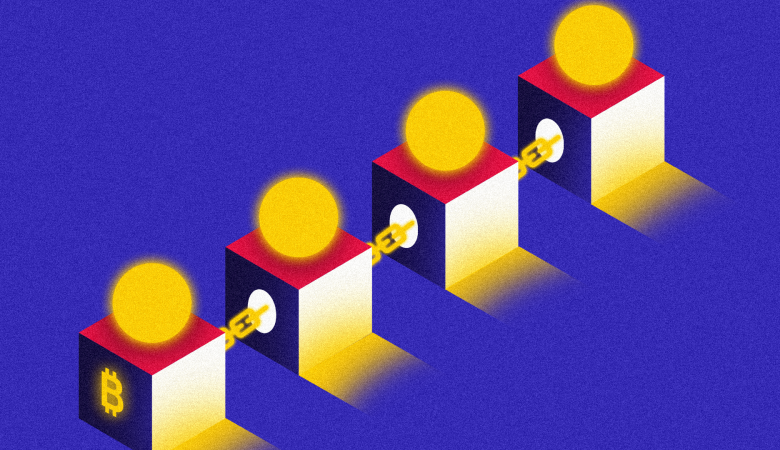Hello Smart People, have you heard about blockchain before? Blockchain is a record-keeping system that makes it difficult or impossible to modify, hack, or defraud the system. A blockchain is essentially a digital transaction book that is duplicated and distributed across the entire network of computer systems on the blockchain. Each block in the chain contains several transactions, and every time a new transaction occurs on the blockchain, a record of that transaction is added to each participant's ledger. The decentralised database managed by multiple participants is known as Distributed Ledger Technology (DLT).
A blockchain consists of a series of protected information blocks that are sequentially chained together, together they form an immutable ledger, distributed among the participating nodes, these nodes are computer platforms that interact with end-users, the purpose of the chain of blocks is to exchange information between all parties accessing it through an application. Read and write access to this ledger can be unlimited ("without permission") or restricted ("authorized"). Released information is protected from modification, i.e. essential that every change would be simple and immediately detectable. A simple analogy for understanding blockchain technology is a Google Doc: when we create a document and share it with a group of people, the document is distributed rather than copied or broadcast at the same time.
In a blockchain, each block has its unique value and hash, but it also references the hash of the previous block in the chain, so mining a block is not easy, especially with large chains. Miners use special software to solve incredibly complex math. Problem with finding a nonce that generates an accepted hash. Since the nonce is only 32-bit and the hash is 256, there are roughly four billion possible nonce hash combinations that need to be extracted before the correct one is found. You have found the "golden nonce" and its block is being added to the chain.
The advantage of the blockchain is that it requires consensus on the accuracy of the data of all members of the network and that all validated transactions are immutable as they are permanently recorded. Nobody, not even a system administrator, can delete a transaction. Not only that, with a split ledger. can be shared between members of a network, time-consuming data record comparisons are no longer necessary, and to accelerate transactions, a set of rules, a so-called smart contract, can be stored in the blockchain and executed automatically. One of the applications of this technology in Indonesia is at Bank Central Asia (BCA) which has actually made its claim to have used this technology. The bank uses blockchain as an activity contained within the company itself. The vision of this bank is to accelerate the use of payment transactions, reducing the complexity of transactions in its back office.
That's a glimpse of information about blockchain Smart People. What kind of technology do you want us to write in the next article? Let us know by writing your comment down below!
Author: Mia Patricia | Illustrator: Rizky Sabilurrasyid





